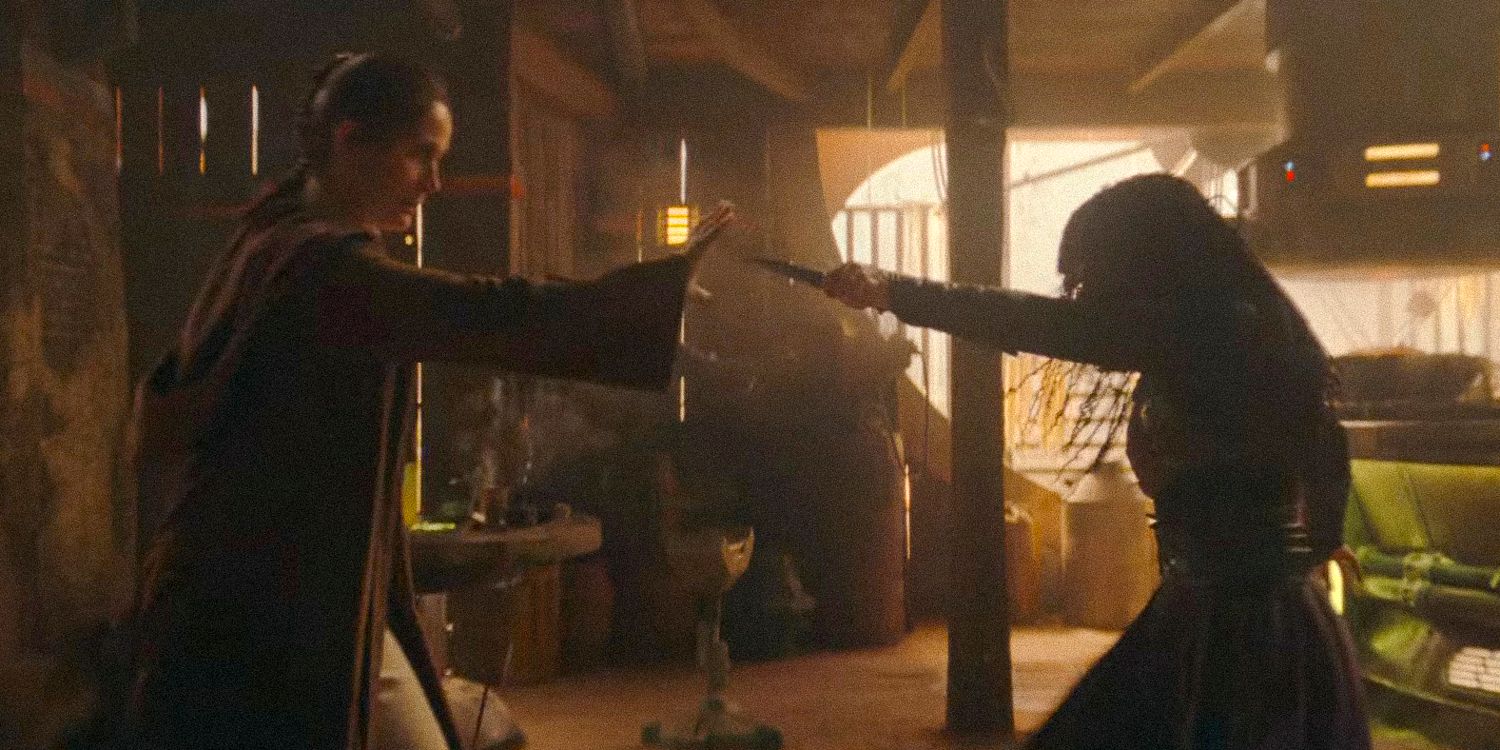Historical Significance: Master Indara

The name “Master Indara” has a profound historical significance in Thai mythology and folklore. It is derived from the Sanskrit word “Indra”, which means “ruler” or “lord”. In Thai mythology, Master Indara is considered the supreme deity, the king of the gods, and the ruler of heaven.
Master Indara, a renowned Javanese dancer, has graced stages worldwide, captivating audiences with her ethereal movements. Her artistry extends beyond dance, as she has also dabbled in acting, including a collaboration with British actor dean-charles chapman in a short film.
Master Indara’s ability to effortlessly blend traditional Javanese aesthetics with contemporary influences makes her a true pioneer in the world of performing arts.
Master Indara is often depicted as a powerful and majestic figure, riding on a three-headed white elephant named Airavata. He holds a thunderbolt in his hand, which he uses to vanquish evil spirits and protect the innocent. Master Indara is also known for his wisdom, justice, and compassion, and is often invoked by people in times of need.
Master Indara’s teachings on the nature of reality and the path to enlightenment have inspired countless seekers. For those who wish to delve deeper into his wisdom, the documentary “The Acolyte” offers an intimate glimpse into his life and teachings.
Watch the acolyte online free to explore the profound insights of this revered master.
Role and Influence, Master indara
Master Indara plays a central role in Thai mythology and folklore. He is considered the protector of the Buddhist religion, and is often depicted in temples and other religious sites. Master Indara is also a popular figure in Thai literature, art, and music. His stories and legends have been passed down through generations, and continue to inspire and entertain people to this day.
Master Indara’s teachings resonated deeply with her acolytes, who formed a close-knit community dedicated to her spiritual guidance. As their fame spread, many sought their wisdom, including the cast of the acolyte osha , who were drawn to their profound insights and unwavering faith.
Master Indara’s legacy continues to inspire seekers of truth and enlightenment, reminding us of the transformative power of spiritual connection.
Powers and Abilities
Master Indara is said to possess immense powers and abilities. He can control the weather, create illusions, and heal the sick. He is also said to be able to travel anywhere in the universe in an instant. Master Indara’s powers are often used to help those in need, and to protect the innocent from harm.
Artistic Representations
Master Indara is a highly revered figure in Southeast Asian art, and his image has been depicted in a wide variety of media over the centuries. The most common iconography shows Master Indara as a young, handsome man with a serene expression and a slight smile. He is often depicted wearing a crown or headdress, and his body is adorned with jewelry and other ornaments. In some depictions, Master Indara is shown holding a sword or other weapon, symbolizing his power and authority.
One of the most famous paintings of Master Indara is the 13th-century “Jataka of the Golden Goose” from the Ajanta Caves in India. This painting shows Master Indara as a young prince, seated on a throne and surrounded by his courtiers. The prince is depicted with a serene expression and a slight smile, and he is wearing a crown and other royal regalia. The painting is a beautiful example of the early Indian style of painting, and it is one of the most iconic images of Master Indara in art.
Master Indara has also been depicted in a number of sculptures over the centuries. One of the most famous sculptures of Master Indara is the 10th-century “Bodhisattva Avalokiteshvara” from the Borobudur Temple in Indonesia. This sculpture shows Master Indara as a young man, seated on a lotus throne and surrounded by a halo of light. The sculpture is a beautiful example of the Javanese style of sculpture, and it is one of the most iconic images of Master Indara in art.
The artistic representation of Master Indara has evolved over time, but the basic iconography has remained the same. Master Indara is always depicted as a young, handsome man with a serene expression and a slight smile. He is often depicted wearing a crown or headdress, and his body is adorned with jewelry and other ornaments. In some depictions, Master Indara is shown holding a sword or other weapon, symbolizing his power and authority.
Cultural Impact

Master Indara holds immense cultural significance in Thailand, where he is revered as a powerful deity and protector. His influence extends beyond religious practices, deeply ingrained in Thai society and its cultural fabric.
Veneration and Worship
Master Indara is widely worshipped in Thai households, with shrines dedicated to him as a guardian deity. Devotees seek his blessings for protection, success, and overall well-being. Rituals and offerings are performed to honor him, including the offering of flowers, incense, and traditional Thai desserts.
Festivals and Ceremonies
Several festivals and ceremonies are associated with Master Indara’s veneration. The most notable is the annual Indara Festival, held in the northeastern province of Buriram. This grand festival features elaborate processions, traditional dance performances, and merit-making activities to pay homage to the deity.
Master Indara’s teachings on mindfulness and compassion have resonated with many seekers, as evidenced by the positive acolyte review. His ability to guide individuals towards inner peace and self-awareness has earned him a reputation as a wise and compassionate master.
Master Indara’s teachings continue to inspire and transform the lives of those who seek a deeper understanding of themselves and the world around them.
Master Indara, a renowned spiritual guide, has long been revered for his teachings on mindfulness and compassion. His insights have inspired countless individuals, including those who have embraced the path of the osha acolyte. These acolytes, dedicated to the preservation of ancient wisdom, have found solace and guidance in Master Indara’s teachings, which continue to resonate with seekers of spiritual fulfillment.